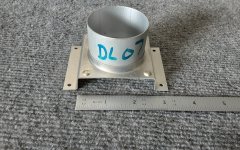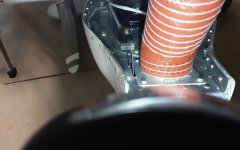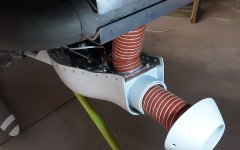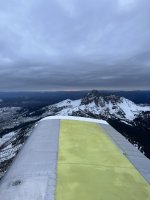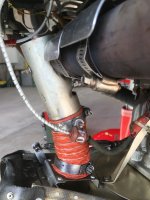kookaburra
I'm New Here
Hi everyone,
New RV7a owner here and still a beginner with building and maintenance. I am to add the carb heat attachment in this photo with the duct flange and Exhaust Heat Muff attached to the FAB. The RV I bought doesn't have this and it's from 2010, but I couldn't find any references to the installation in the builder manual or the revisions (https://www.vansaircraft.com/service-information-and-revisions/filtered-air-box-fab-instructions/)

Could anyone guide me on where the instructions are / how to put this in?
Thanks!
New RV7a owner here and still a beginner with building and maintenance. I am to add the carb heat attachment in this photo with the duct flange and Exhaust Heat Muff attached to the FAB. The RV I bought doesn't have this and it's from 2010, but I couldn't find any references to the installation in the builder manual or the revisions (https://www.vansaircraft.com/service-information-and-revisions/filtered-air-box-fab-instructions/)
Could anyone guide me on where the instructions are / how to put this in?
Thanks!



